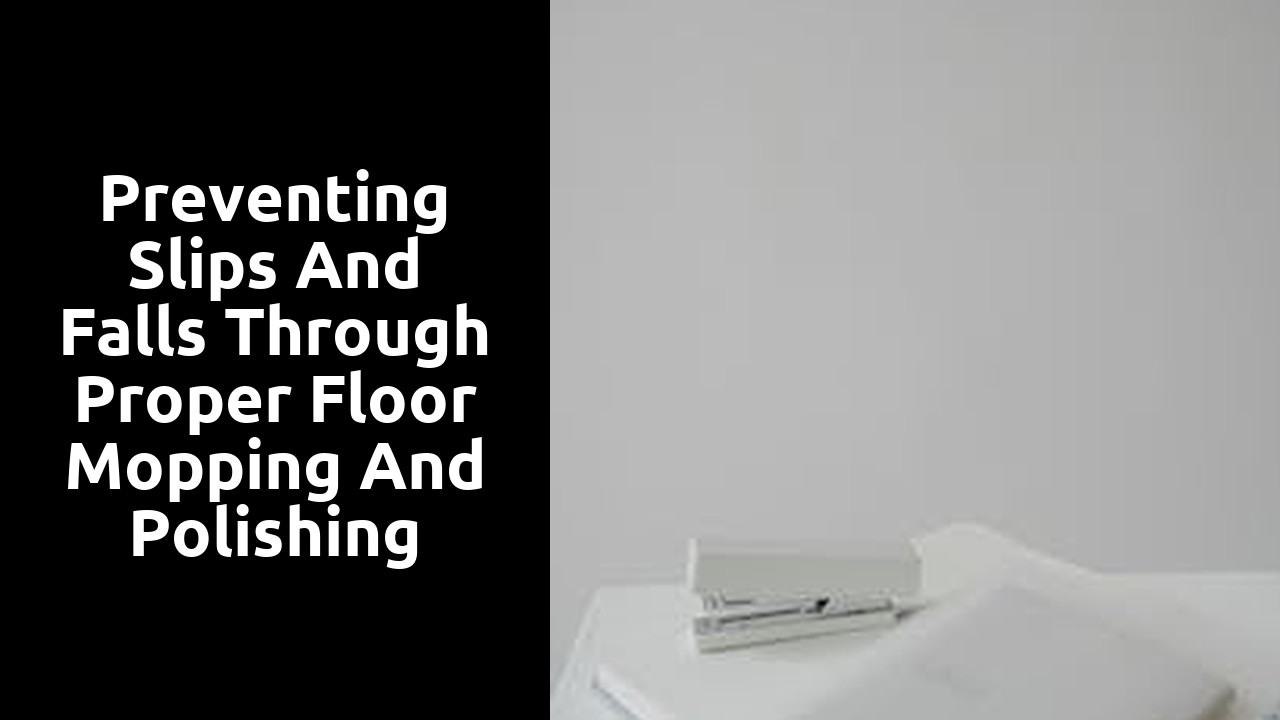Professional cleaning of office floors requires a deep understanding of the chemical properties of common stain removal products. By knowing how different chemicals interact with various types of stains, cleaners can effectively tackle stubborn marks and spills. For instance, acidic cleaners are adept at dissolving alkaline stains like coffee or tea, while alkaline cleaners work well on acidic stains such as wine or fruit juice. This chemical knowledge empowers cleaners to select the most suitable product for each type of stain, ultimately enhancing the cleaning efficacy and ensuring a spotless floor.
Moreover, understanding the chemistry behind stain removal products enables cleaners to use the right concentration for optimal results. Diluting a product too much can render it ineffective, while using it undiluted may damage the floor surface. By carefully following manufacturer instructions and harnessing their chemical knowledge, cleaning professionals can achieve thorough stain removal without causing harm. This precision in product application not only improves cleaning efficiency but also prolongs the life and appearance of the office floor, contributing to a well-maintained and professional environment.Customised Techniques for Different Flooring MaterialsDifferent types of flooring materials require specific cleaning techniques to effectively remove stubborn stains. For carpets, it is crucial to act promptly to prevent the stain from setting in. Blot the stain gently with a clean cloth to absorb as much of the spill as possible. Avoid rubbing the carpet vigorously, as this can push the stain deeper into the fibres, making it more challenging to remove.When dealing with hardwood or laminate flooring, it is essential to use cleaning products that are safe for these materials. Avoid using harsh chemicals that can damage the surface of the floor. Instead, opt for mild detergents or specialised cleaners designed for wood floors. Always follow the manufacturer's guidelines for cleaning to ensure the longevity of your flooring.
Terms of UseEH3 7LA
Tel: 01315498107
Terms of Use
Privacy Policy
Sitemap